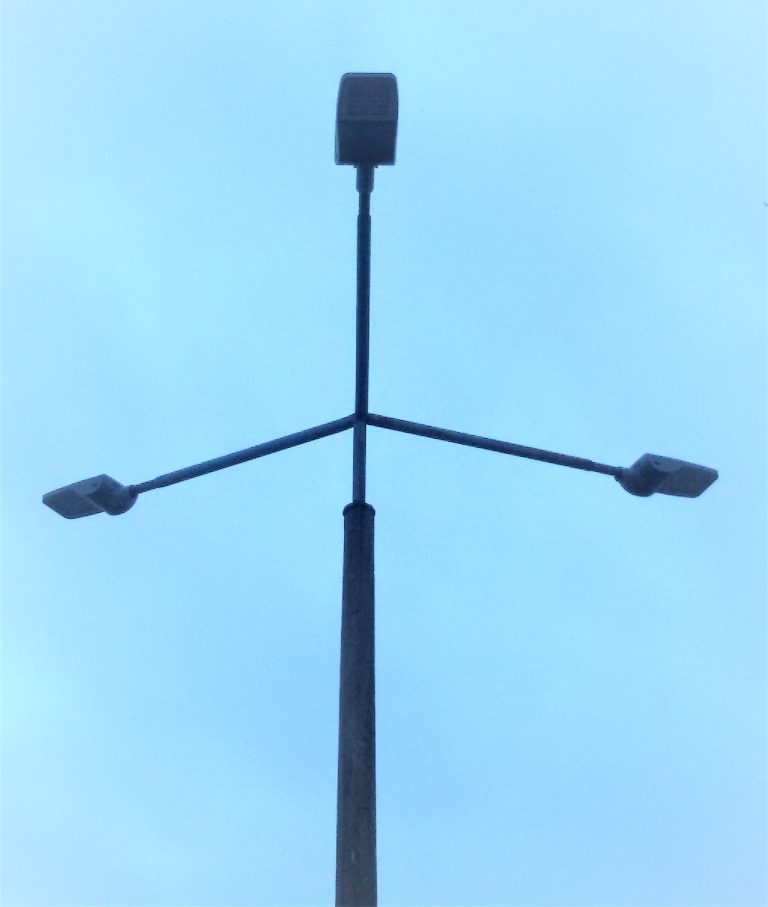waterproof led par light price
Resistance, which you may not pay much attention to in daily life, is actually ubiquitous in our daily lives. For example, the LED light you are using is equipped with a resistor. So the question is, what is the effect of resistance on LED lights?
Resistance, also known as resistance value, refers to the degree of resistance to current per unit voltage. Its unit is ohms (Ω). If the resistance of a resistor is 10 ohms, for every 1 volt increase in voltage, the current will increase by 1 ampere.
Table of Contents
stadium light China high quality manufacturer
What role does resistor play in LED lights? We know that the core component of LED lights is the chip, and an important parameter of the chip is the operating voltage, which generally operates between 2-35V. However, directly supplying power to LED often results in high voltage. Without resistance current limiting, it not only affects the lifespan of LED, but also may cause the entire circuit to burn out.
Let’s explain what current limiting is. In a circuit, the magnitude of the current is affected by voltage and resistance. If the current is too high, it can cause damage to the circuit. Therefore, it is necessary to control the magnitude of the current through some methods. And the method used to control the magnitude of the current is called current limiting.
In LED lights, resistance is used to achieve current limiting. Because resistance itself is a conductor, heat is generated when current passes through it. According to Ohm’s law, current is directly proportional to voltage and inversely proportional to resistance, meaning that the higher the voltage, the greater the current passing through; The greater the resistance, the smaller the current passing through. Therefore, by changing the resistance value of the resistor, the working current of the LED light can be controlled.
what are led running lights
In addition to controlling the working current of LED lights, resistors also play an important role in protecting LED lights. During the operation of LED lights, a large amount of heat is generated due to the presence of internal components. If the current is too high, the accumulation of heat may cause damage to the LED lights. By limiting the current, the size of the current can be reduced, the generation of heat can be reduced, and LED lights can be protected.
Seeing this, you must be asking, how should I choose a resistor that suits my LED light?
In fact, choosing a resistor mainly requires considering two factors, the first is power, and the second is temperature.
In practical applications, the working power of LED lights generally ranges from tens to hundreds of watts, so it is necessary to choose a resistor with sufficient power. And resistors also generate heat during operation. If the power is too high, the temperature will be higher, which may affect the working effect of resistors and even cause them to burn out. Therefore, it is also necessary to choose resistors with good heat dissipation performance.
For ordinary people, common electronic component stores with 5%, 1%, 2% accuracy are available on the market. If you need to customize resistors, you can find some electronic component agents. However, it should be noted that when making resistors, the correct resistance value should be selected and the temperature resistance of the resistor should be ensured to be good, otherwise the resistor may fail.
A reminder to everyone: When making LED lights, it is best not to disassemble and modify them by yourself. Improper operation may cause circuit short circuits or damage to other components, resulting in irreversible losses. If there is a malfunction, it is best to seek professional maintenance and handling.

